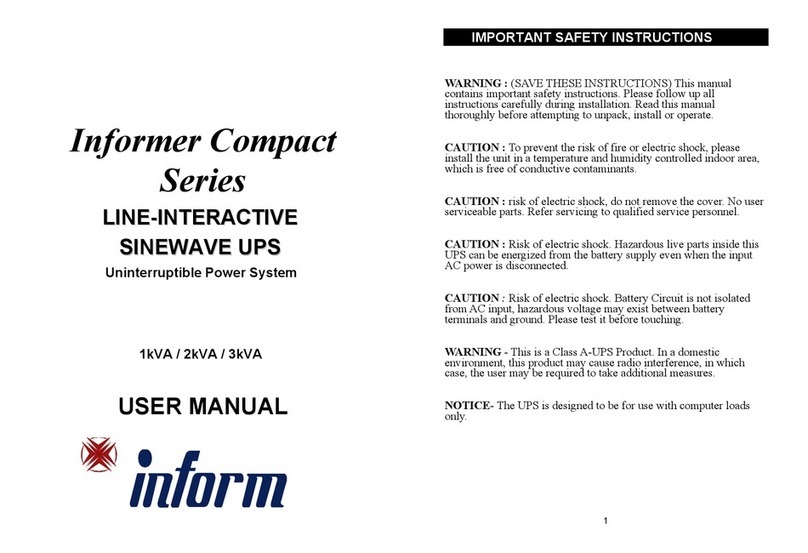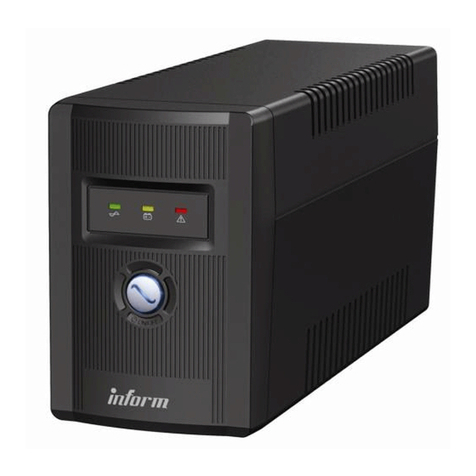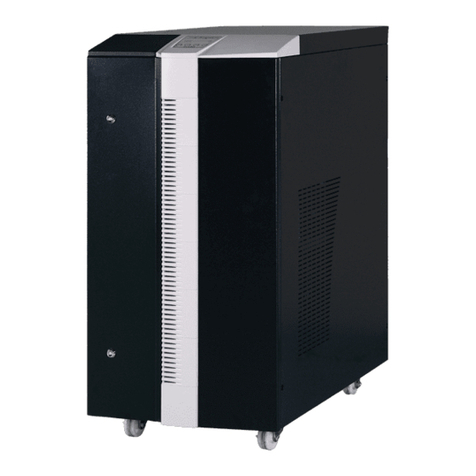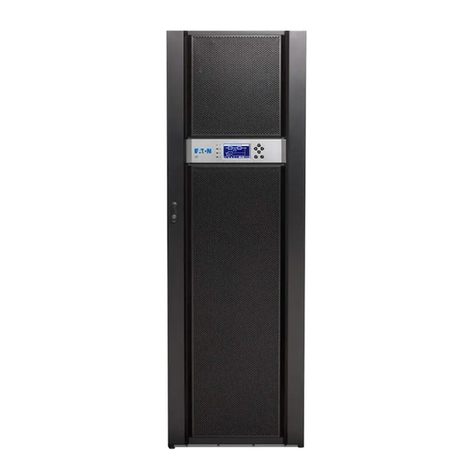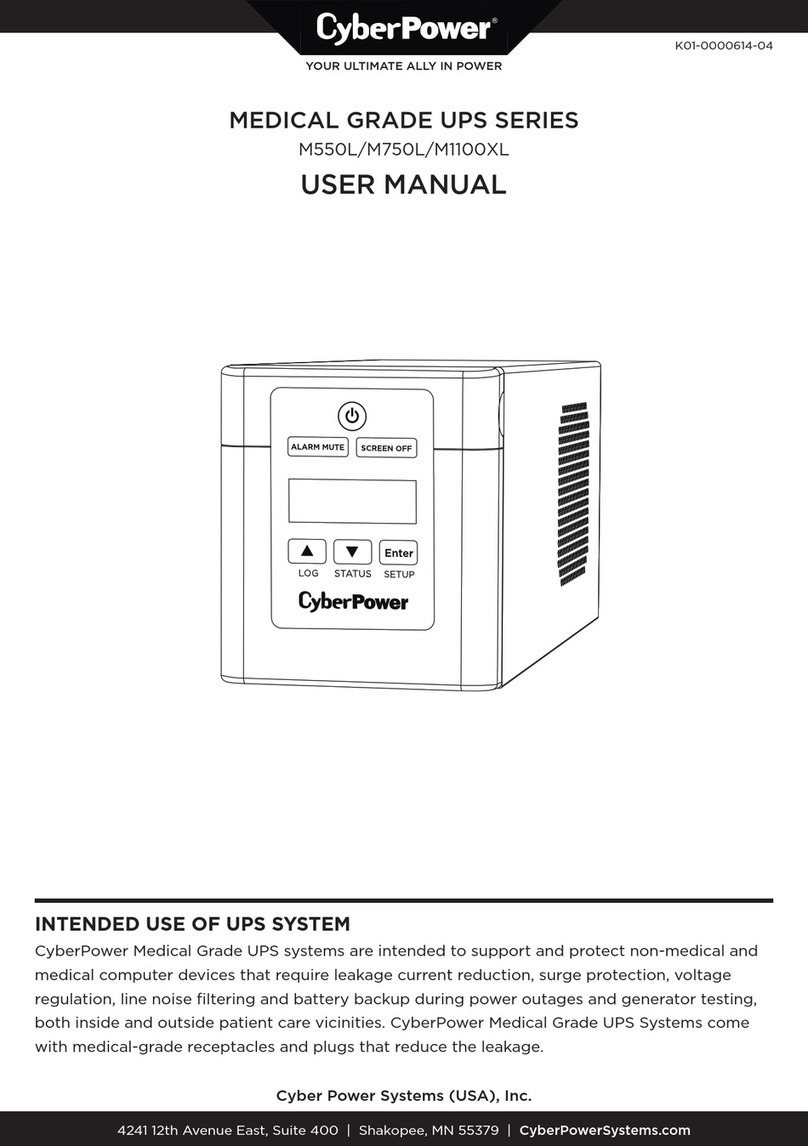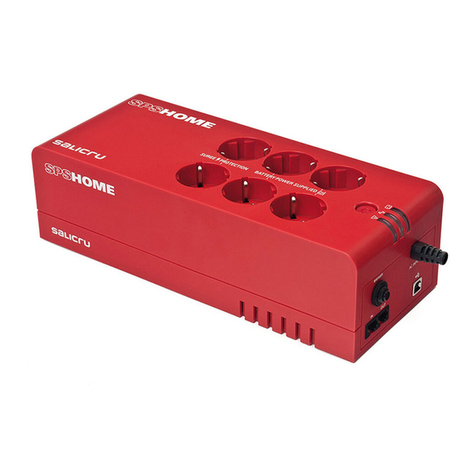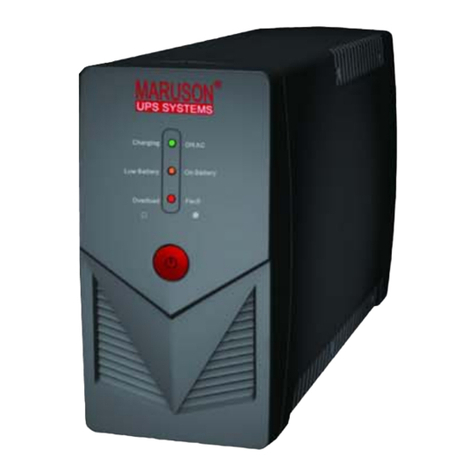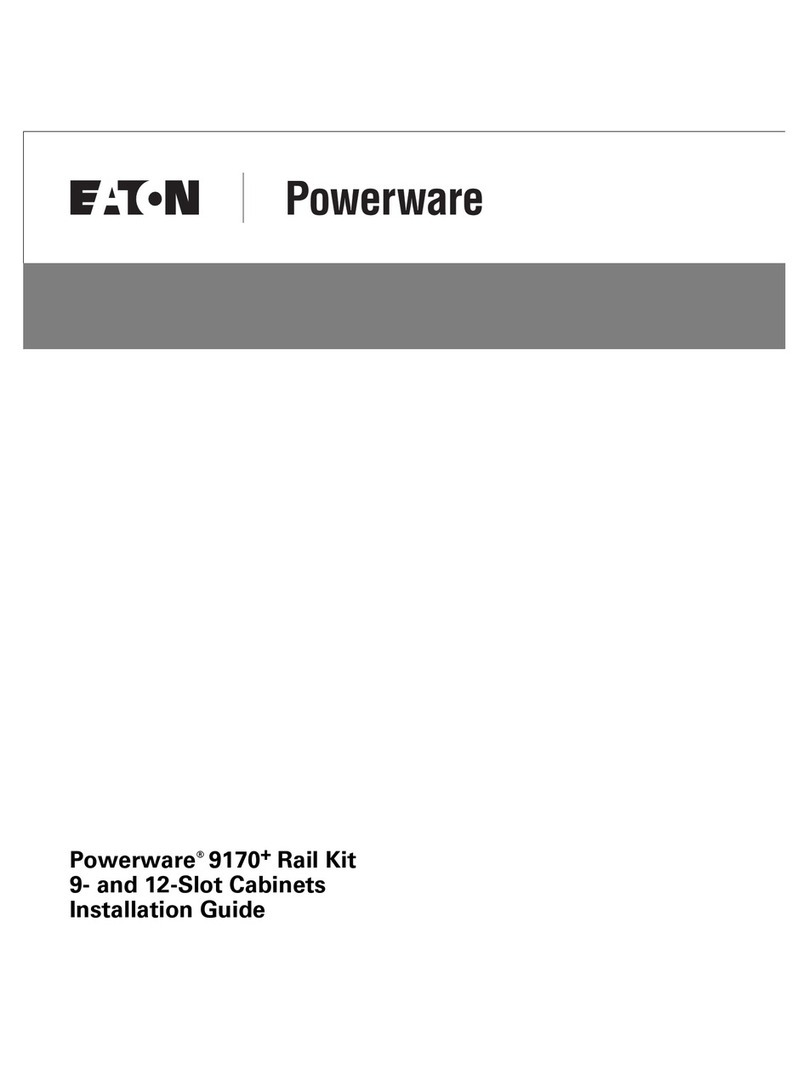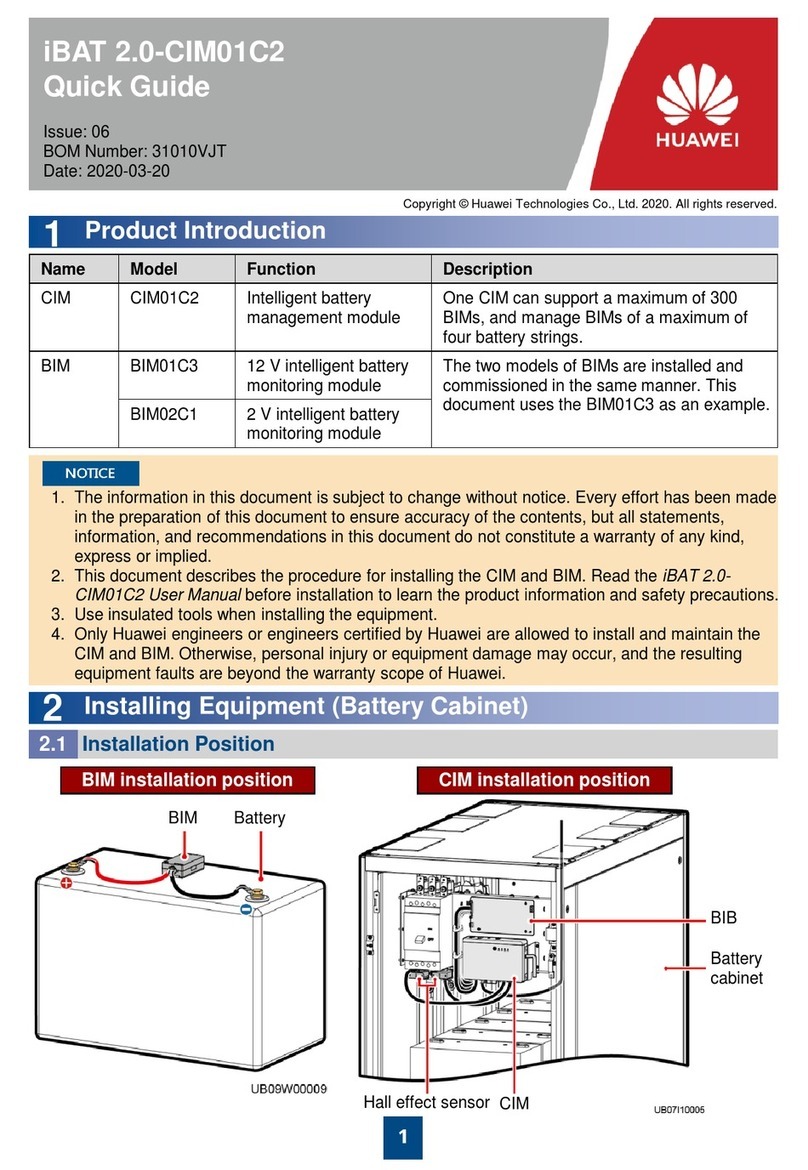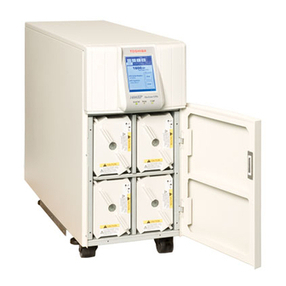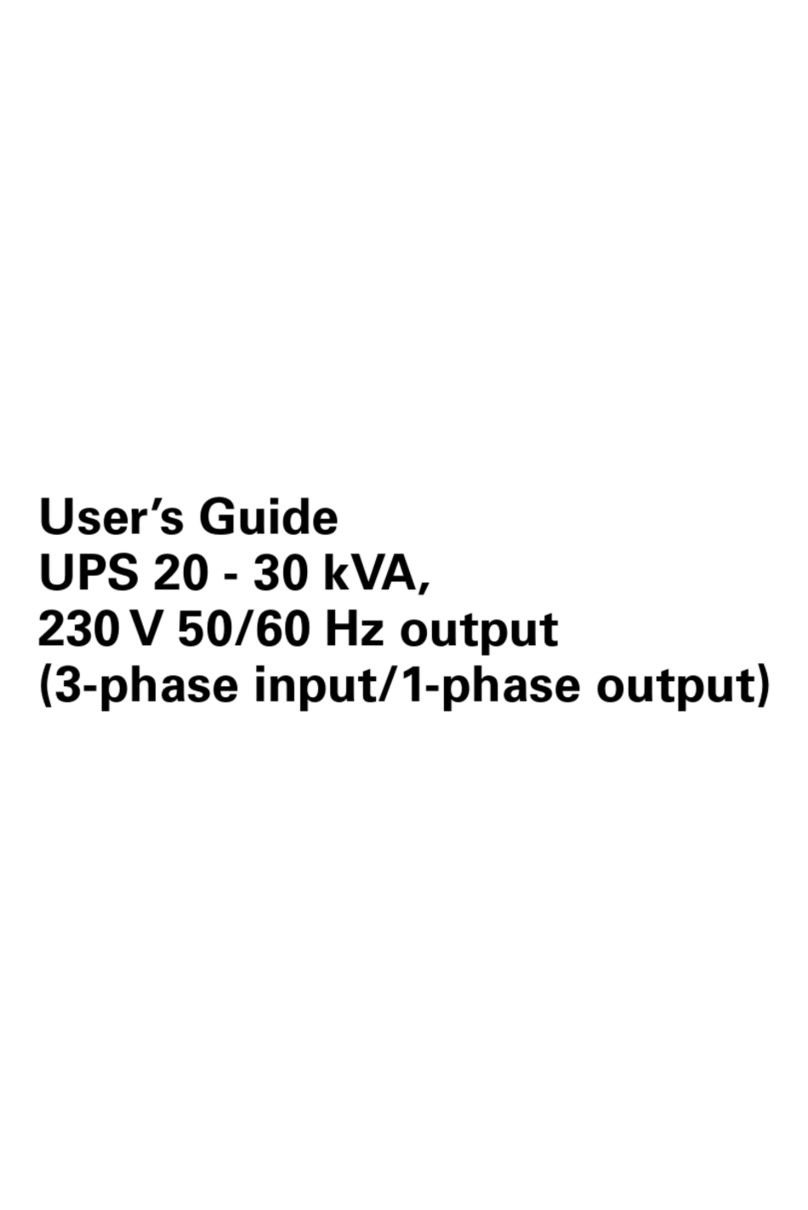inform PYRAMID DSP PREMIUM Series User manual

288717222 INF511-Y01-U734-1-01
I
IN
NS
ST
TA
AL
LL
LA
AT
TI
IO
ON
N
a
an
nd
d
O
OP
PE
ER
RA
AT
TI
IN
NG
G
M
MA
AN
NU
UA
AL
L
PYRAMID DSP PREMIUM SERIES
THREE PHASE IN –THREE PHASE OUT
UNINTERRUPTIBLE POWER SYSTEMS
10-400kVA

II
Important Notices!
Thank you for choosing Inform UPS Systems.
This manual contains important information about technical properties, installation, comissioning of the UPS
and contains safety information for users and loads. Learning and applying of the subjects in this manual is
necessary to use UPS safely and correctly.
Units that are labeled with a CE mark comply with the Standard: EN 62040-1 and EN 62040-2.
Read the manual completely before working on this equipment!
Keep this manual near UPS for easy consultation!
Reproduction, adaptation, or translation of this manual is prohibited without prior written
permission of Inform Company, except as allowed under the copyright laws.
The manufacturer reserves the rights to change the technical specifications and design
without notice.
INFORM reserves the rights to change the information in this document without notice.
Refer to http://www.informups.com/ web site to dowload last release and translations.

III
Description of the Symbols Used in the Manual
Description of the Abbreviations Used in the Guide
UPS: Uninterruptible Power Systems
ESD: Emergency Switching Device
RS232: Serial Communication Protocol
SNMP: Simple Network Management Protocol
V: Volt
A: Ampere
P: Power
For Input, Output and Manual/Maintenance Bypass Circuit Breaker;
“I” (ON): Closing the Circuit
“0” (OFF): Opening the Circuit
For Battery Circuit Breaker;
Active (ON/I): Closing the Fast Fuse Holder
Passive (OFF/0): Opening the Fast Fuse Holder
Manufacturer
İNFORM ELEKTRONİK SAN. VE TİC. A.Ş.
Pelitli Mah. 4440 Sokak No:12 Gebze –Kocaeli –TÜRKİYE
Phone : +90 (262) 751 16 00
Fax : +90 (262) 751 16 02
This symbol points out the instructions which are especially important.
This symbol points out the risk of electric shock if the following instruction is not obeyed.
This symbol points out the instructions, which may be resulted with the injury of the
operator or damage of the equipment if not obeyed.
All packing material must be recycled in compliance with the laws in force in the country
where the system is installed.

IV
INDEX
1. WARRANTY.........................................................................................................................................1
1.1. Terms of Warranty ......................................................................................................................1
1.2. Out of Warranty Terms and Conditions......................................................................................1
2. SAFETY................................................................................................................................................2
2.1. Important Notice for UPS............................................................................................................2
2.2. Important Notice for Battery ......................................................................................................3
2.3. Description of the Symbols Used on the Labels Applied to the UPS ..........................................3
3. REQUIREMENT ...................................................................................................................................4
3.1. Transportation.............................................................................................................................4
3.2. Placement....................................................................................................................................4
3.3. Storage ........................................................................................................................................5
3.4. Electrical Requisites.....................................................................................................................6
4. UNPACKING AND INSTALLATION OF UPS ..........................................................................................7
4.1. Unpacking and Moving................................................................................................................7
4.2. Installation Procedures ...............................................................................................................8
4.2.1. Power Connections...............................................................................................................8
4.2.2 Communiation Interface Connection..................................................................................18
5. MODES OF OPERATION....................................................................................................................23
5.1. Bypass Operation ......................................................................................................................25
5.2. Normal (Online) Operation .......................................................................................................26
5.3. Battery Operation .....................................................................................................................27
5.4. Manual/Maintenance Bypass Operation..................................................................................28
6. FRONT PANEL...................................................................................................................................29
6.1. Front Panel Segments ...............................................................................................................30
6.1.1. Colour Graphical Touchscreen ...........................................................................................30
6.2. Menu .........................................................................................................................................33
6.2.1. Alarms Menu ......................................................................................................................33
6.2.2. Measurements Menu .........................................................................................................34
6.2.3. Settings Menu.....................................................................................................................35
6.2.4. Diagnostics Menu ...............................................................................................................38
6.2.5. About Menu........................................................................................................................39
6.2.6. Command Menu.................................................................................................................40
7. OPERATING PROCEDURES ...............................................................................................................41

V
7.1. Preparations..............................................................................................................................41
7.2. Commissioning ..........................................................................................................................42
7.2.1. Start-Up UPS with Internal Battery ....................................................................................42
7.2.2. Start-Up UPS with External Battery....................................................................................42
7.3. Decommissioning ......................................................................................................................43
7.4. Maintenance Bypass Commissioning Instructions (Transfer Load Supply from UPS to Internal
Maintenance Bypass).......................................................................................................................43
7.5. Maintenance Bypass Decommissioning Instructions................................................................44
7.6. Emergency Switching Device (ESD)...........................................................................................44
7.7. Connection to a Generator .......................................................................................................44
8. OPERATING PROCEDURES FOR PARALLEL SYSTEMS .......................................................................45
8.1. Introduction...............................................................................................................................45
8.1.1. Redundancy........................................................................................................................45
8.1.2. Power Increase ...................................................................................................................45
8.2. Procedure for Commissioning and Start-Up (First Installation)................................................46
8.3. Procedure for Decommissioning...............................................................................................48
9. MAINTENANCE.................................................................................................................................49
9.1. Batteries ....................................................................................................................................49
9.2. Battery Fuses.............................................................................................................................49
9.3. Fans ...........................................................................................................................................50
9.4. Capacitors..................................................................................................................................50
10. TROUBLESHOOTING.......................................................................................................................51
10.1. Bypass voltage failure Alarm...................................................................................................51
10.2. Bypass phase sequence wrong Alarm.....................................................................................51
10.3. Inverter not sync. with bypass Alarm......................................................................................51
10.4. Input phase sequence wrong Alarm .......................................................................................51
10.5. Rectifier not sync. with input Alarm .......................................................................................51
10.6. DC voltage failure Alarms........................................................................................................51
10.7. ESD active Alarm .....................................................................................................................51
10.8. Ambient temperature high Alarm...........................................................................................51
10.9. Overload Alarms......................................................................................................................51
10.10. Maintenance bypass active Alarm ........................................................................................52
10.11. Battery test failure Alarm......................................................................................................52
10.12. Input voltage failure Alarms..................................................................................................52
10.13. Inverter temperature high/ Rectifier temperature high Alarms ..........................................52
Appendix-1: Technical Specifications ( 10-120kVA )............................................................................53

VI
Appendix-2: Technical Specifications ( 160-300kVA ) .........................................................................56
Appendix-3: Alarms List .......................................................................................................................60
Appendix-4: Diagnostics List ................................................................................................................61
Appendix-5: Event List .........................................................................................................................62
Appendix-6: Description of UPS and Block Diagram ...........................................................................64

1
1. WARRANTY
1.1. Terms of Warranty
•Warranty period begins from the date of commissioning of the UPS by Inform or authorized Inform
distributor technical personnel.
•The UPS including all the internal parts is under the warranty of Inform.
•If the UPS is malfunctioned because of component, manufacturing, or installation (if it’s done by
authorized personnel) problems during the warranty period, the UPS will be repaired without asking any
price for spare parts and labor cost.
Replacements, repairs or modifications of the parts during the warranty period can not extend the duration
of the warranty
1.2. Out of Warranty Terms and Conditions
This Warranty does not cover any defects or damages caused by;
•If the UPS is not used or installed according to the terms in the manual, then the UPS is out of warranty,
•Neglect, accident, misuse, misapplication or incorrect installation,
•Failure due to fortuitous circumstances or force majeure,
•After delivery of the UPS to the customer, unloading and transportation damage and failures,
•Damage or injuries caused by negligence, lack of inspection or maintenance, or improper use of the
products,
•Faulty electrical wiring,
•Defects arising either from designs or parts imposed or supplied by the purchaser,
•Defects and damage by fire and lightning,
•Failures due to modification in the products without Inform approval,
•Improper testing, operation, maintenance, repair, alteration, adjustment, or modification of any kind by
unauthorized personnel,
The Manufacturer will repair the device above cases for a fee and is not responsible for the shipment of the
equipment.
This Warranty is not valid if the Product’s Serial Number have been removed or is illegible.
Installation and commissioning of this device and any operation to be performed on the
device must be applied by the authorized service. Otherwise, the device will be out of
warranty.

2
2. SAFETY
2.1. Important Notice for UPS
•The equipment may only be installed and commissioned by authorized technical personnels.
•This manual contains important instructions that you should follow during installation and maintenance
of the UPS and batteries. Please read all instructions before operating the equipment and save this
manual for future reference.
•Not obeying the instructions written on this manual which may be resulted with the injury of the
operator or damage of the equipment.
•Even with no connections have been done, hazardous voltages and/or high temeperature may exist on
connection terminals and inside the UPS. Before beginning with the any installation or maintenance,
isolate the input and output of UPS and wait for 5 minutes for DC capacitor discharge. If UPS has internal
battery; remove the cover of UPS and disconnect the battery cables.
•The equipment shall be packed properly during transportation and proper equipment should be used for
transportation.
•The UPS must always stands in a vertical position. Make sure that the floor can support the weight of the
system.
•Connect the PE ground connector before connecting any other cable.
•UPS is designed for indoor use. To reduce the risk of fire or electric shock, install this UPS in a
temperature and humidity controlled indoor environment, free of conductive contaminants. Ambient
temperature must not exceed 40°C (104°F). Do not operate near water or excessive humidity (95%
maximum).
•Equipment and batteries whose packages are damaged during transportation shall be inspected by
qualified technical personnel before starting with the installation.
•UPS requires 3Ph-N+PE input connection.
•It should be checked between all the terminals included PE to be sure that no hazardous voltages exist.
•Do not connect the output neutral to the protective ground or protective bounding.
•The connections shall be made with cables of appropriate cross-section in order to prevent the risk of
fire. All cables shall be of insulated type and shall not be laid out on the walking path of the persons.
•This is a product for commercial and industrial application in the second environment − installation
restrictions or additional measures may be needed to prevent disturbances.
•Contact your local recycling or hazardous waste center for information on proper disposal of the used
battery or UPS.
•Make sure that the UPS is not overloaded to provide a higher quality supply to the loads.
•In case of an extraordinary situation (damaged body or cabinet or connections, penetration of foreign
materials into the body or cabinet etc.) deenergize the UPS immediately and consult to the Technical
Service.
Information related to safety of the UPS, battery, load and the user is summarized below. But
the equipment should not be installed before reading the manual completely.

3
2.2. Important Notice for Battery
•The batteries may only be installed and commissioned by authorized technical personnels.
•Make sure that the battery qty is proper for the unit and they are same type and capacity. Otherwise
danger of explosion and fire is within the bounds of possibility.
•Do not dispose of batteries in a fire. The batteries may explode.
•Do not open or mutilate batteries. Released electrolyte is harmful to the skin and eyes. It may be toxic.
•In case of electrolyte in contact with skin, immediately wash the contamimated skin with water.
•Replaced batteries must be disposed of at authorized battery waste disposal centers.
•A battery can present risk of electric shock and high short circuit currents.
The following precautions should be observed when working on batteries;
❖Remove rings, watches, neckleaces, bracelets and all metal objects.
❖Only use tools with insulated handles.
❖Wear rubbers gloves and a rubber apron when handling batteries.
❖Do not lay tools or metal parts on top of batteries.
❖Eye protection should be worn to prevent injury from accidental electrical arcs.
•Before a maintenance or repair work on the UPS;
❖Switch the input, output and battery circuit breakers (F1, F2 and F5) to “0” position.
❖If UPS has internal batteries; Remove and isolate +battery (red), -battery (black) and N
battery neutral (blue) cables.
❖If UPS has external batteries; switch the circuit breakers of the battery cabinet to “0”
position.
❖Determine if the battery is inadvertently grounded. If inadvertently grounded; remove
source of ground. Contact with any part of a grounded battery can result in electrical shock.
•Battery fuses shall only be replaced with the same rating and type which came along with the UPS.
2.3. Description of the Symbols Used on the Labels Applied to the UPS
PE: PROTECTIVE EARTH
PB: PROTECTIVE BOUNDING
DANGER! HIGH VOLTAGE (BLACK/YELLOW)
This symbol points out the instructions, which may be resulted with the injury of the
operator or damage of the equipment if not obeyed.

4
3. REQUIREMENT
3.1. Transportation
3.2. Placement
This product meets the safety requirements for devices to be operated in restricted access locations
according to EN 62040-1 safety standard, which states that the owner should
guarantee the following:
•Access to the equipment can only be gained by service persons or by users who have been instructed
about the reasons for the restrictions applied to the location and about any precautions that shall be
taken and,
•Access is through the use of a tool or lock and key, or other means of security and is controlled by the
authority responsible for the location.
•UPS is not designed for outdoor application.
•The equipment and the batteries should not be exposed to direct sunlight or placed near to a heat
source.
•Recommended operating temperature and humidity values are listed on the Appendix-1 Technical
Specifications section. To provide the required enviromental condition.
•Avoid dusty environments or areas where dust of conductive or corrosive materials is present.
•The connection and the circuit breakers are at the front of UPS. Leave at least 75 cm at the front of the
UPS for installation.
•For 10-40kVA: Air outlets of the UPS are on front and back sides. Air flow from front to back, so leave at
least 50cm at the back for ventilation.
•For 60-120kVA: Air outlets of the UPS are at the top and bottom sides. Air flow from bottom to top, so
leave at least 50cm at the top for ventilation.
•For 10-80kVA: The boards at right and left sides. Leave at least 50cm from sides for maintenance.
•For 100-300kVA: The boards at front side of the UPS. Leave at least 75cm at the front for maintenance.
The UPS must be placed and stand in a vertical position throughout the transportation.
Use suitable equipment to remove the UPS from the pallet.
The equipment shall be packed properly during transportation. Therefore it is recommended
to keep the original package for feature need.
All packing material must be recycled in compliance with the laws in force in the country
where the system is installed.

5
•Even though the operating temperature of the UPS and batteries are between 0-40°C, It is suggested to
provide an environment temperature between 20-25°C to get maximum performance from the UPS and
batteries.
•Adviced Environmental humidity condition is between 20% 80% (non-condensing).
3.3. Storage
Please store the UPS in an environment where the temperature is between –25 C +55 C, no receipt of
direct sunlight, far from the heating, in a dry place.
Environmental humidity must be between 0% 95% (none condensing).
Recommended storage temperature, humidity and altitude values are listed on the Appendix-1 Technical
Specifications section.
If the batteries will be stored for longer than 6 months, they shall be charged periodically. Charge period
depends on the storage temperature. The relationship is as shown below:
❖Every 9 months if the temperature is below 20°C,
❖Every 6 months if the temperature is between 20°C and 30°C,
❖Every 3 months if the temperature is between 30°C and 40°C,
❖Every 2 months if the temperature is over 40°C
For long storage duration; please follow up the instructions of installation described in Section 4, start-up
UPS described in Section 7 and charge the batteries at least 10 hours.

6
3.4. Electrical Requisites
The installation must comply with national installation regulations.
The electrical distribution panels for the mains and separated bypass mains inputs must have a protection
and disconnection system. Disconnection devices used in these panels shall disconnect all line conductors
simultaneously. The following table shows the recommended size of the mains and separate bypass mains
input protection devices (thermal, magnetic and differential) and the cable cross-sections.
POWER
INPUT
CIRCUIT
BREAKER
OUTPUT
CIRCUIT
BREAKER
BATTERY
FAST
FUSE
INPUT
BYPASS
BATTERY
NEUTRAL
BYPASS
FAST
FUSE
LEAKAGE
PROTECTION*
10 kVA
20 A
20 A
25 A
4 mm2
4 mm2
4 mm2
6 mm2
100 A
300 mA
15 kVA
32 A
32 A
32 A
4 mm2
4 mm2
4 mm2
6 mm2
100 A
300 mA
20 kVA
32 A
32 A
50 A
6mm2
6 mm2
6 mm2
10 mm2
100 A
300 mA
30 kVA
63 A
63 A
63 A
10 mm2
10 mm2
10 mm2
16 mm2
125 A
300 mA
40 kVA
80 A
63 A
80 A
16 mm2
16 mm2
16 mm2
25 mm2
160 A
300 mA
60 kVA
125 A
125 A
100 A
25 mm2
25 mm2
25 mm2
35 mm2
200 A
300 mA
80 kVA
125 A
125 A
125 A
35 mm2
35 mm2
35 mm2
50 mm2
250 A
300 mA
100 kVA
175 A
175 A
160 A
50 mm2
50 mm2
50 mm2
70 mm2
250 A
300 mA
120 kVA
200 A
200 A
200 A
70 mm2
70 mm2
70 mm2
95 mm2
250 A
300 mA
160 kVA
250 A
250 A
250 A
95 mm2
95 mm2
95 mm2
120 mm2
400 A
300 mA
200 kVA
320 A
320 A
315 A
120 mm2
120 mm2
120 mm2
150 mm2
500 A
300 mA
250 kVA
400 A
400 A
400 A
150 mm2
150 mm2
150 mm2
185 mm2
500 A
300 mA
300 kVA
500 A
500 A
500 A
185 mm2
185 mm2
185 mm2
2X95 mm2
630 A
300 mA
400 kVA
630 A
630 A
630 A
2X95
mm2
2X95
mm2
2X95 mm2
2X120 mm2
800 A
300 mA
* Minimum 300mA delayed (Type-B). When used, the residual current earth leakage protection system must
be common for the two AC inputs (input & split bypass) and installed upstream.
Load leakage currents are added to those generated by the UPS. If loads with high leakage currents are
present, adjust this value accordingly. It is recommended to adjust the protective device after measuring the
total leakage current with the UPS installed and operational with the intended load.
During transitory phases (power failure, return and voltage fluctuations) short leakage current peaks may
occur. Make sure that the protection is not activated in such cases.
Input magnetic protection devices shall have D characteristic.
Protective Earth/Bonding: Recommended cross section for ground wire at least half of the section of cable
phases AND shall comply with the standards of the country.

7
4. UNPACKING AND INSTALLATION OF UPS
Check if the following are provided with the equipment
•UPS
•User Manual
•Test Report
•Key of the cabin door
•Battery fuses (three pieces)
4.1. Unpacking and Moving
The procedure is as following:
•Remove the bands and the protective packaging from the UPS.
•Use suitable equipment to remove the UPS from the pallet.
•Mount the cabinet parts supplied with the UPS after positioning and connecting the
UPS.
Equipment and batteries whose packages are damaged during transportation shall be
inspected by qualified Technical Personnel before starting with the installation.
If any equipment has been damaged during shipment, keep the shipping and packing
materials for the carrier or place of purchase and file a claim for shipping damage. If you
discover damage after acceptance, file a claim for concealed damage.
Before the installation, please check if your UPS is customized following your special
requirements (if any).
It is recommended to store the original UPS packaging for future needs.

8
4.2. Installation Procedures
4.2.1. Power Connections
The power screw terminals are located on the lower front side of the UPS. Terminal details are shown
separately in the below figures. Refer to the names of each terminal to identify it during connection:
After the terminal front cover is removed, the cables shall be passed through the hole under the connection
terminals.
Layout of the connection terminals and boards are shown below:
A1: Communication interface board
A2: Parallel connection board (optional)
F1: Input circuit breaker
F2: Output circuit breaker
F3: Manual/Maintenance Bypass circuit breaker
F4: Bypass circuit breaker (optional)
F5: Battery circuit breaker
F6: Inrush fuse
X1: Battery terminals
X2: Input mains terminals
X3: Separate bypass mains terminals (optional)
X4: Output terminals
The equipment may only be installed and commissioned by authorized Technical Personnel.
When the UPS is brought from a cold place to a warmer place, humidity of the air may
condensate in it. In this case, wait for 2 (two) hours before beginning with the installation.
Devices with internal batteries may have dangerous voltages on the battery terminals.
Make sure that all circuit breakers are “OFF” before starting with the installation.

9
10-15-20-30kVA Terminal Connections
* Separate Bypass Terminal ( Bypass L1, L2, L3, N ) version is optional.

10
40-60kVA Terminal Connections
* Separate Bypass Terminal ( Bypass L1, L2, L3, N ) version is optional.

11
80kVA Terminal Connections
* Separate Bypass Terminal ( Bypass L1, L2, L3, N ) version is optional.

12
100-120kVA Terminal Connections
* Separate Bypass Terminal ( Bypass L1, L2, L3, N ) version is optional.

13
160kVA Terminal Connections
*Separate Bypass Terminal ( Bypass L1, L2, L3, N ) version is optional.

14
200-250-300kVA Terminal Connections
*Separate Bypass Terminal ( Bypass L1, L2, L3, N ) version is optional.
Table of contents
Other inform UPS manuals
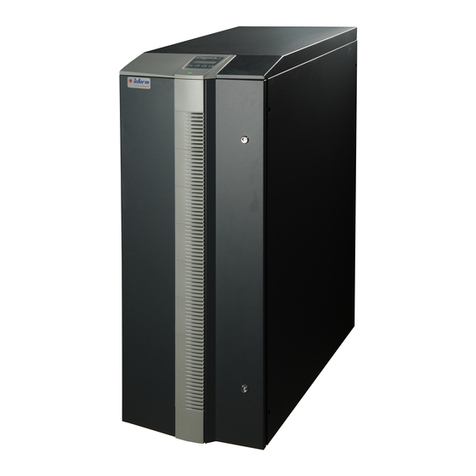
inform
inform Pyramid DSP T Specification sheet
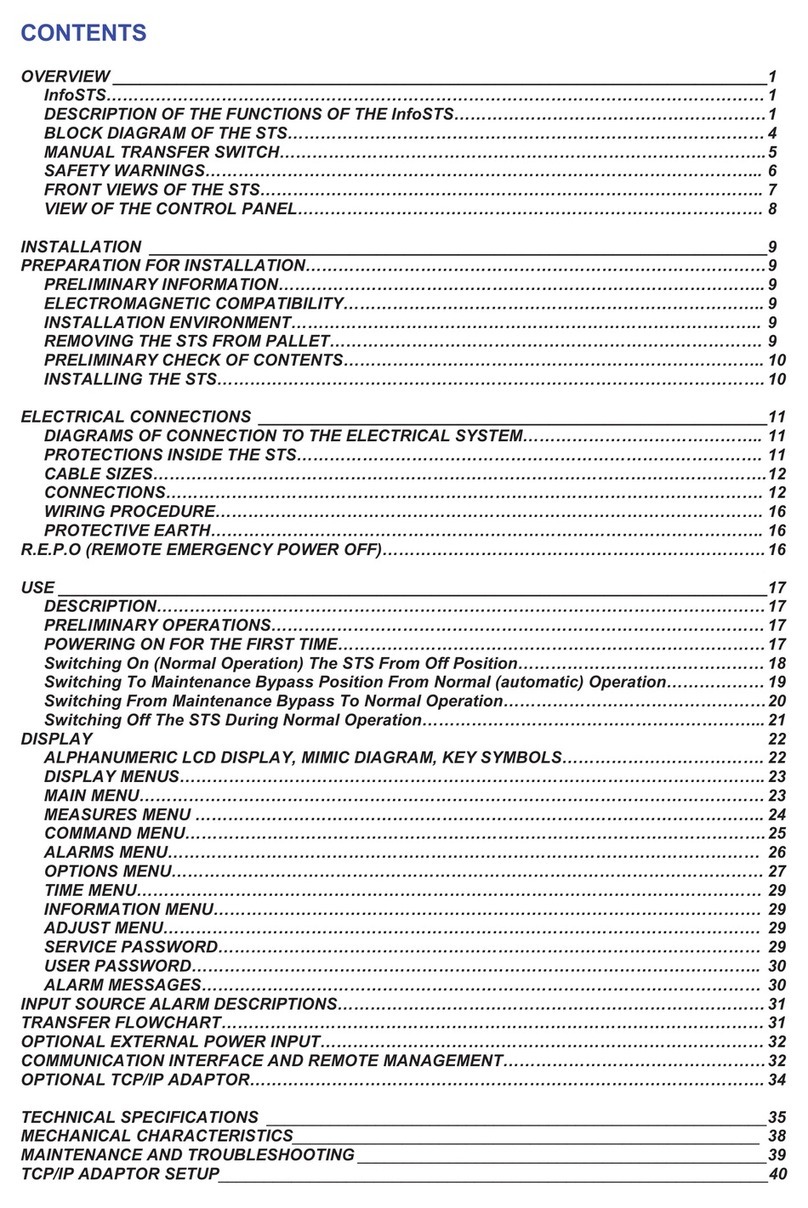
inform
inform InfoSTS User manual
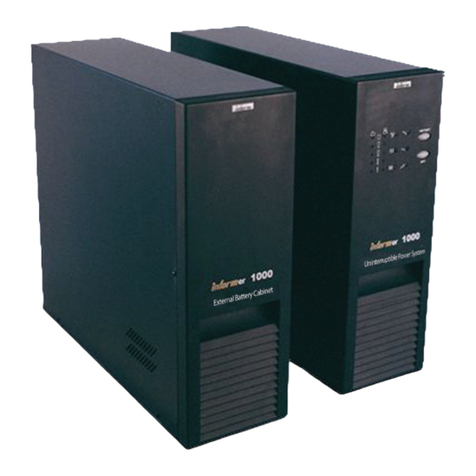
inform
inform Informer 1000VA User manual
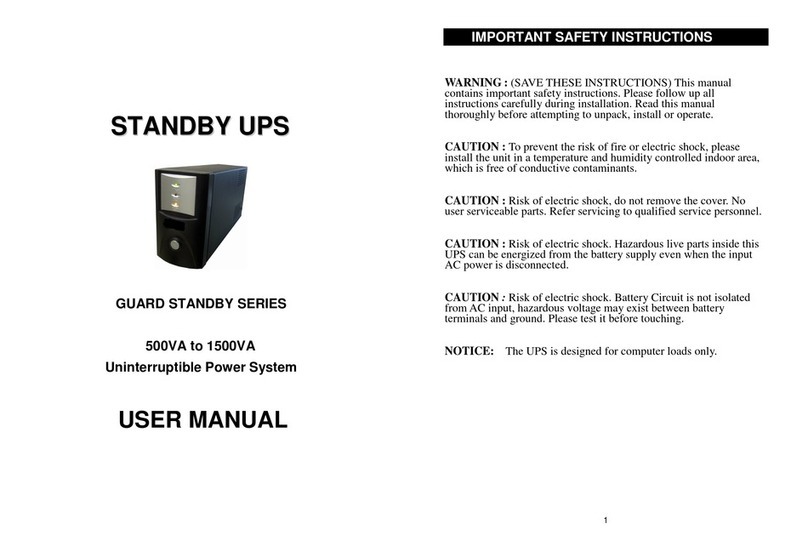
inform
inform 500 User manual
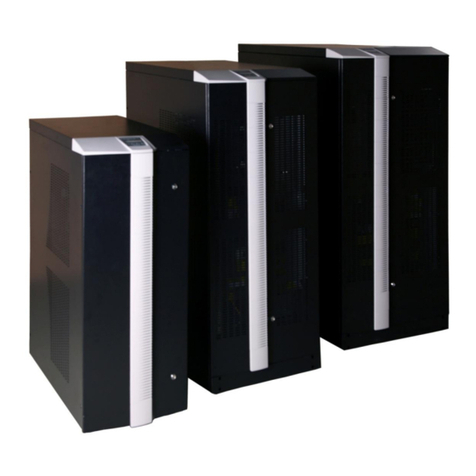
inform
inform PDSP31010 User manual
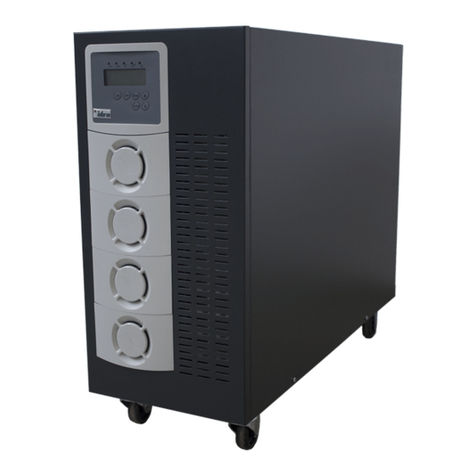
inform
inform DSP FLEXIPOWER SERIES User manual
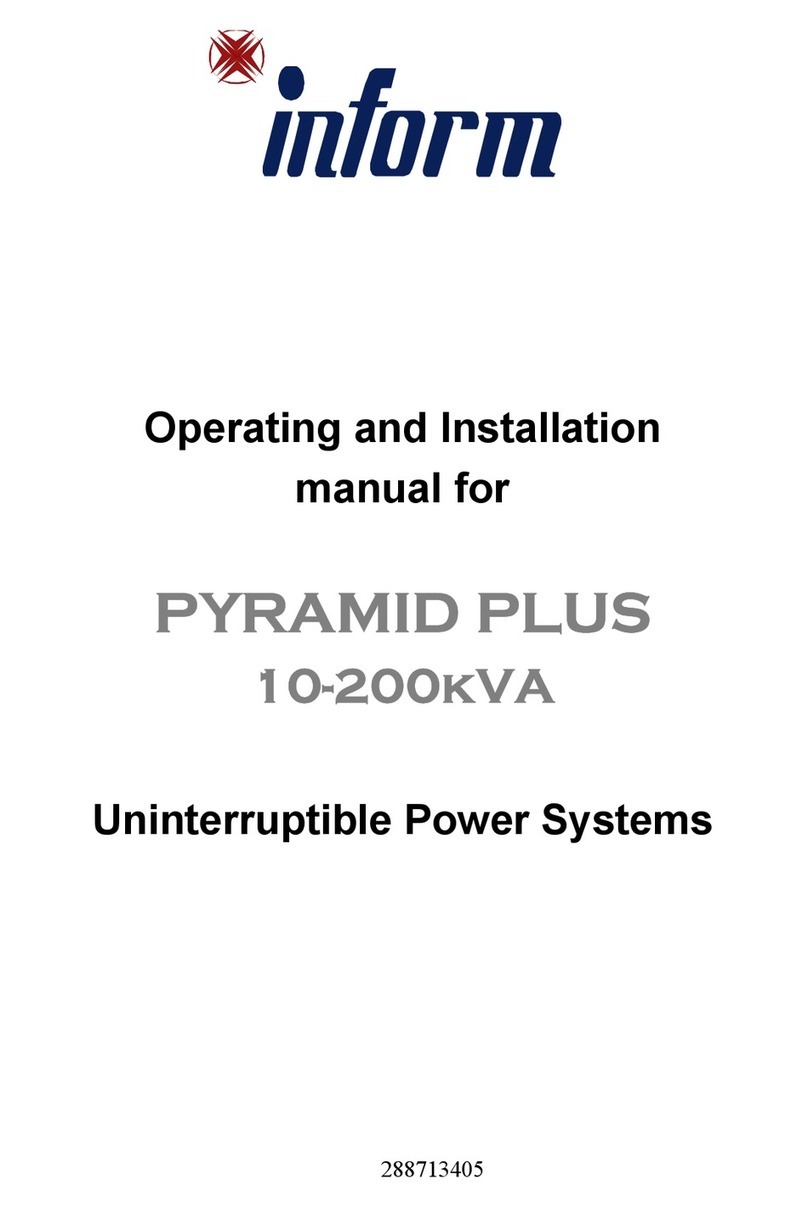
inform
inform Pyramid Plus Specification sheet
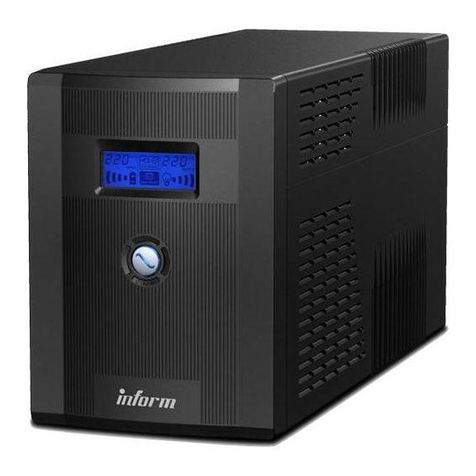
inform
inform GUARDIAN User manual
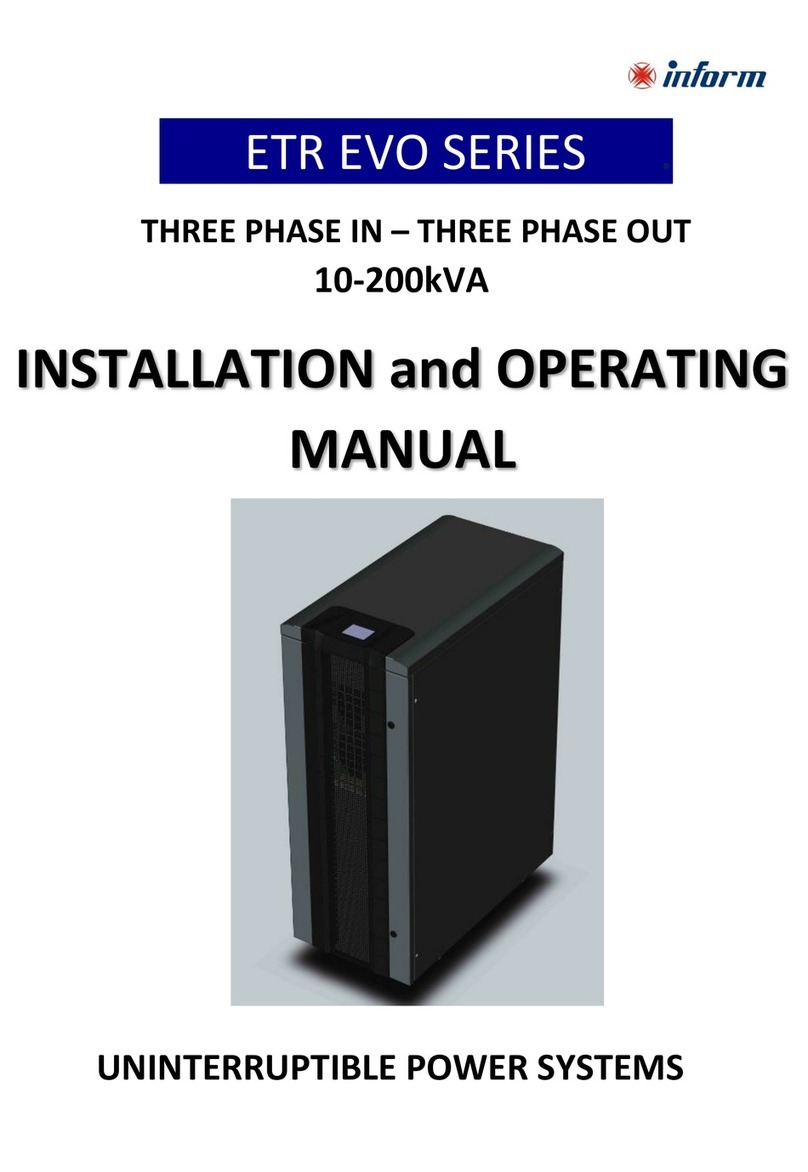
inform
inform ETR EVO Series User manual
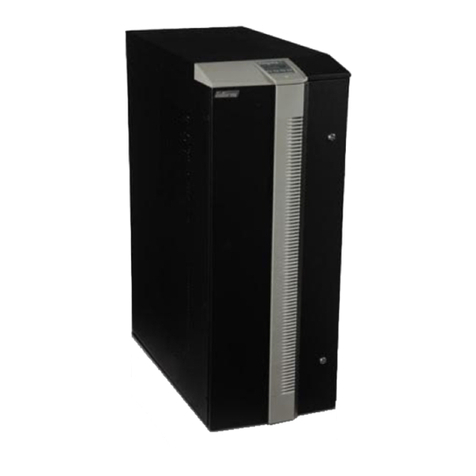
inform
inform DSP User manual
Popular UPS manuals by other brands
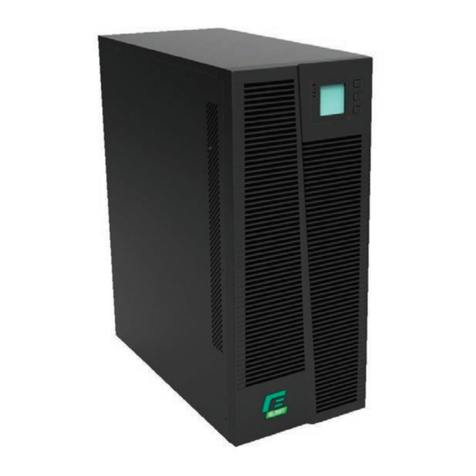
Thiele
Thiele Tri-One 10000 manual
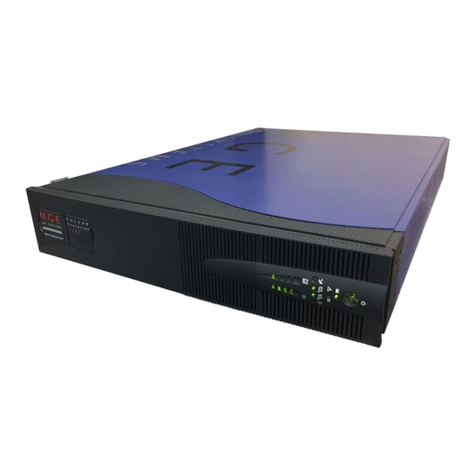
MGE UPS Systems
MGE UPS Systems PULSAR EVOLUTION 2200 Installation and user manual
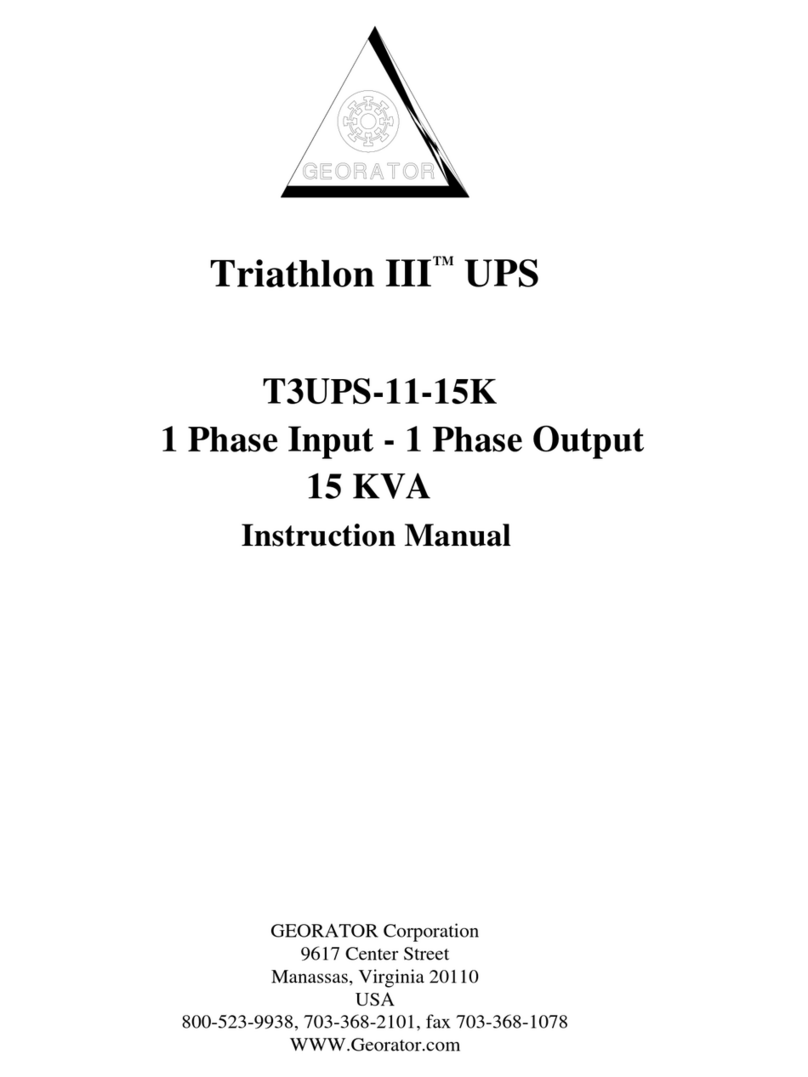
Georator
Georator T3UPS-11-15K instruction manual

Huawei
Huawei UPS5000-E-600K-SC user manual
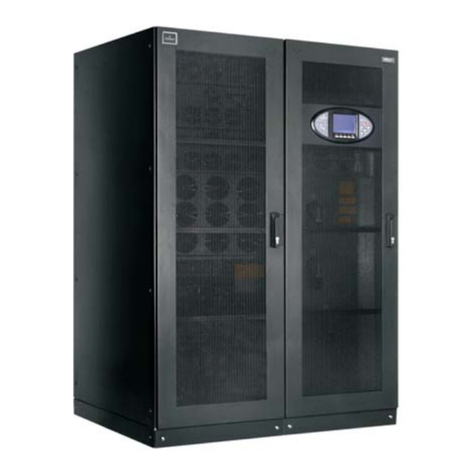
Emerson
Emerson Liebert NX300 Series user manual
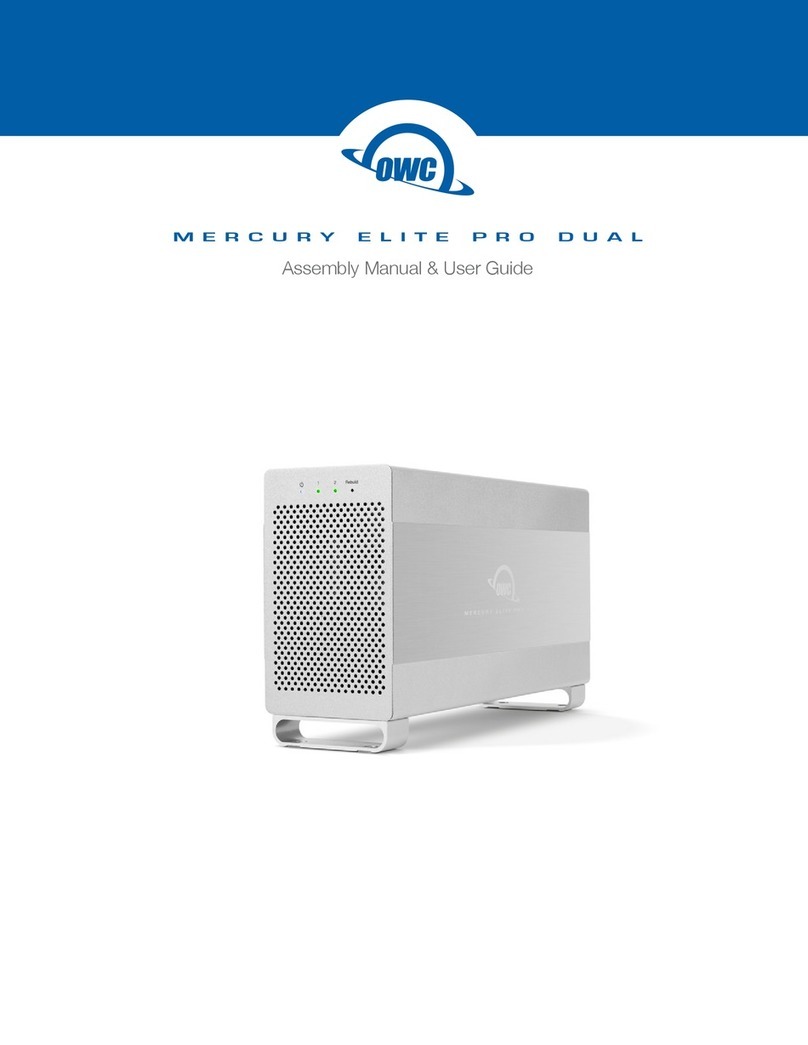
OWC
OWC Mercury Elite Pro Dual Assembly manual & user guide
